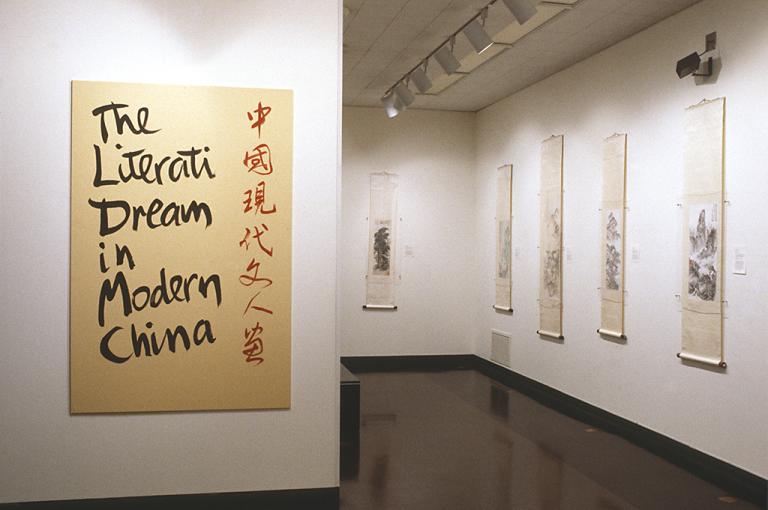雲壑松泉 yunhe songquan (Misty Valley and Pine Spring), Song Wenzhi
Artwork Overview

Song Wenzhi, artist
1919–1999
雲壑松泉 yunhe songquan (Misty Valley and Pine Spring),
1979
Where object was made: China
Material/technique: color; ink; paper
Dimensions:
Mount Dimensions (Height x Width x Depth): 189.1 x 57 cm
Image Dimensions Height/Width (Height x Width): 67.3 x 44.5 cm
Roller Dimensions (Width x Diameter): 66 cm
Mount Dimensions (Height x Width x Depth): 189.1 x 57 cm
Image Dimensions Height/Width (Height x Width): 67.3 x 44.5 cm
Roller Dimensions (Width x Diameter): 66 cm
Credit line: Gift of Stan and Patsy Wisdom
Accession number: 1991.0158
Not on display
If you wish to reproduce this image, please submit an image request

